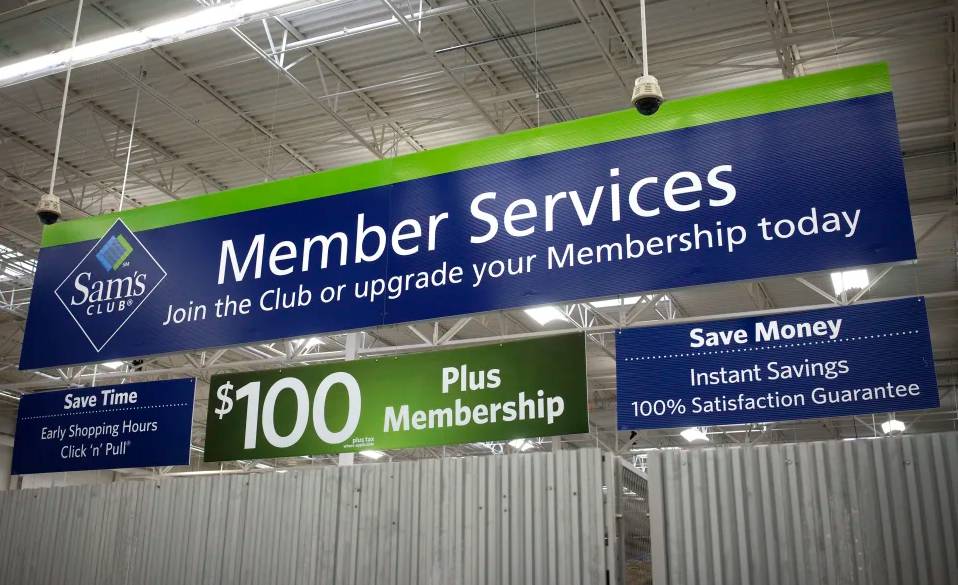The cost of Sam’s Club memberships at Walmart (WMT) is about to increase.
The company said on Wednesday that it would increase the annual costs for both categories of its Sam’s Club memberships. The new annual fees are scheduled to go into effect on October 17. Club members’ annual dues will increase from $45 to $50, while Plus members’ dues will increase from $100 to $110.
Walmart hasn’t changed the price of less priced Club memberships in nine years, and this is the first price increase for Plus memberships since they were initially offered in 1999.
The firm claimed that the price increases are due to the addition of new brands to the club, as well as increased technology investments and upgrades throughout all 600 sites. The business also introduced a new rewards program earlier this year.
Sam’s Club President and CEO Kath McLay mentioned the strains of inflation on consumers in a message to Sam’s Club members, adding, “We are cognizant of the financial pressure on wallets right now.”
The corporation will therefore pay the renewal fee this year, awarding $5 in Sam’s Cash to Club members and $10 in Sam’s Cash to Plus members in exchange.
A $60 annual fee is required for the entry-level “Basic” membership at the rival Coscto (COST), and $120 is required for the “Gold” membership.
According to Wall Street analysts, Costco typically increases its membership cost every five years, with the most recent price rise being in 2017.
As inflation pressures strain on consumers, especially in the food aisle, Walmart officials remarked that the company has observed some customers trading down in quality and trying to find more value in its most recent quarter.
“I’d say that what we’re seeing is [consumers] are still relatively healthy,” Walmart CFO John David Rainey told Yahoo Finance following the company’s latest earnings report this month.
“We’ve seen some changes in consumer behavior that I put in three categories. One is there’s a trade down in both quality and quantity. So instead of buying deli meats, we’re seeing things like canned tuna and chicken and even beans, as units were up over 25% in the quarter. They’re buying smaller pack sizes to save money. We’ve seen an increase in the private brands growth effect, it’s 2x for food what it was in the first quarter.”
Nevertheless, despite the ambiguity, Walmart’s most recent earnings report contained a number of encouraging results. Both its U.S. division and Sam’s Club shops had higher-than-expected growth in same-store sales.
Additionally, the firm increased its full-year profit projection and now anticipates a reduction in profits of 9% to 11%, which is less than the 11% to 13% dip the company had anticipated.
Following this announcement, Walmart shares, which have fallen approximately 8% this year compared to the S&P 500’s 16% decline, showed little movement.
